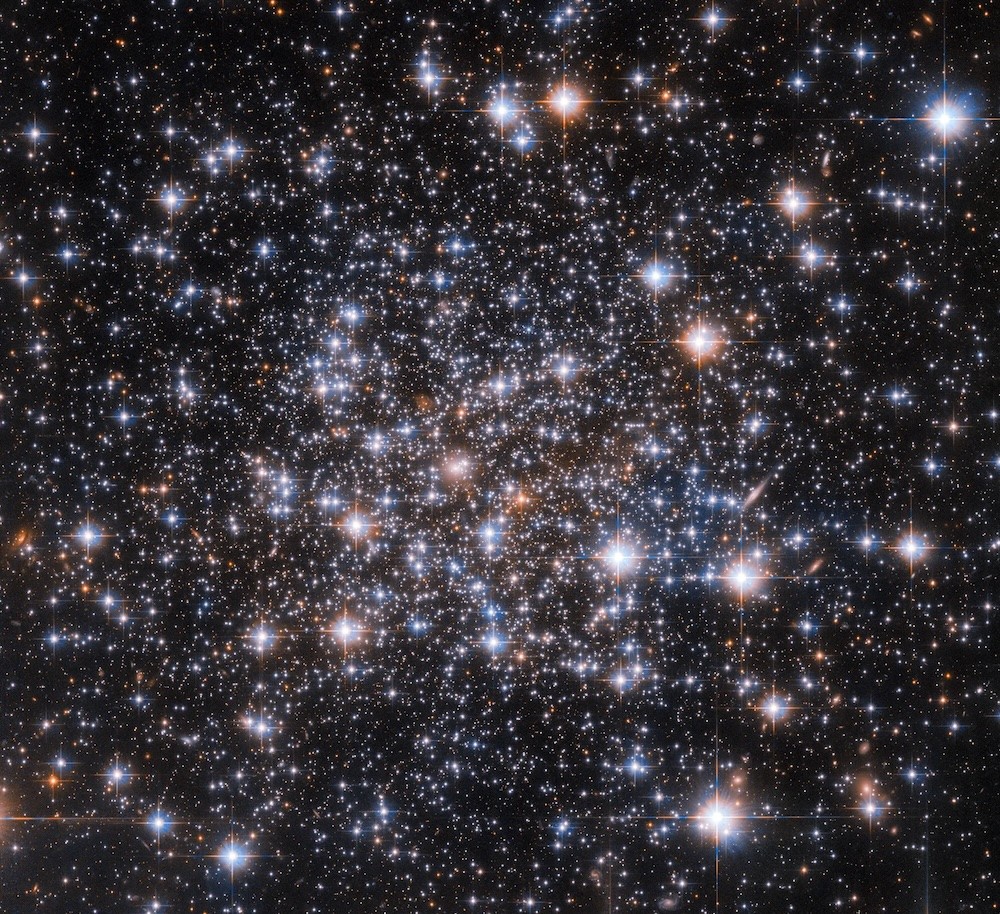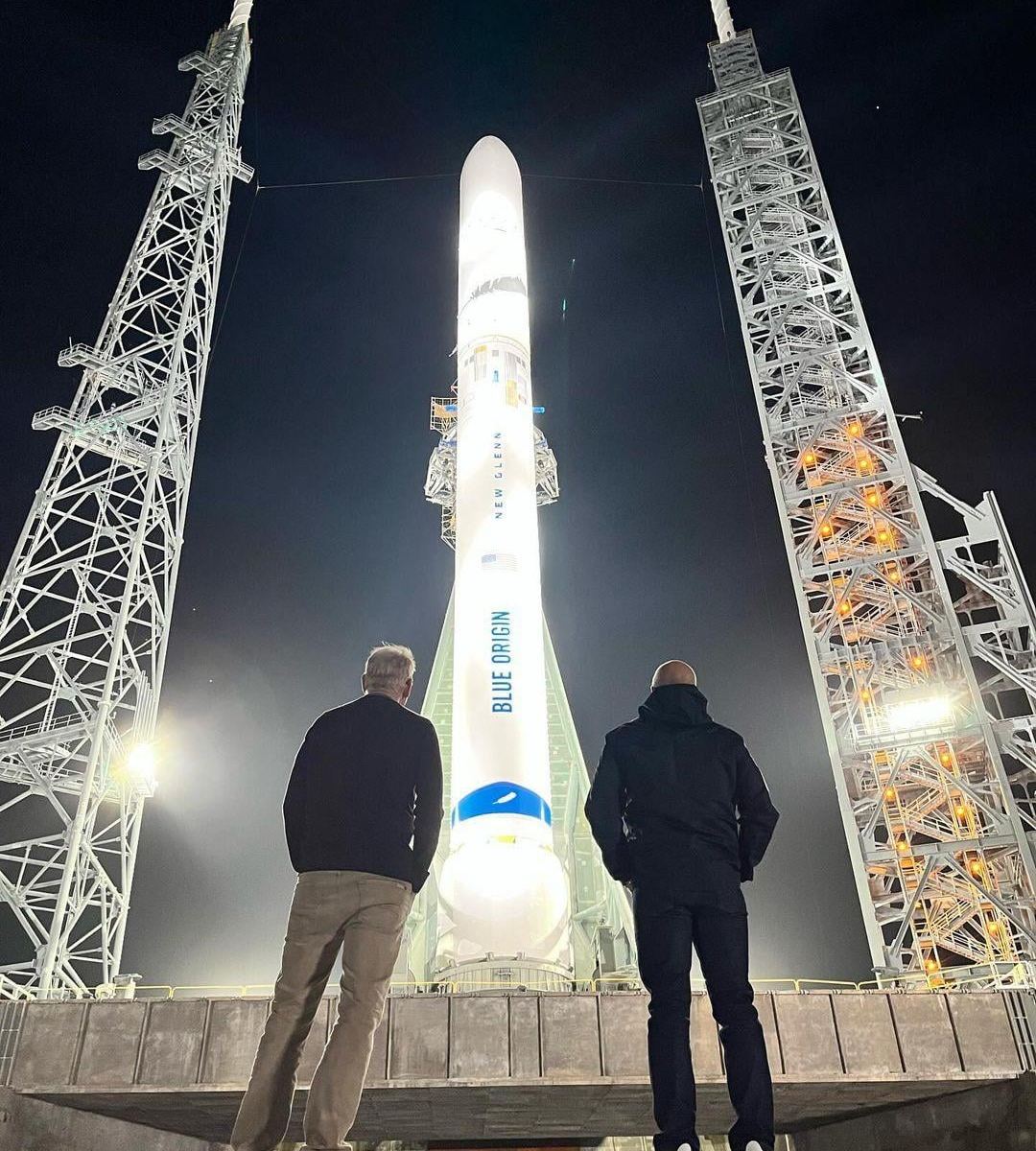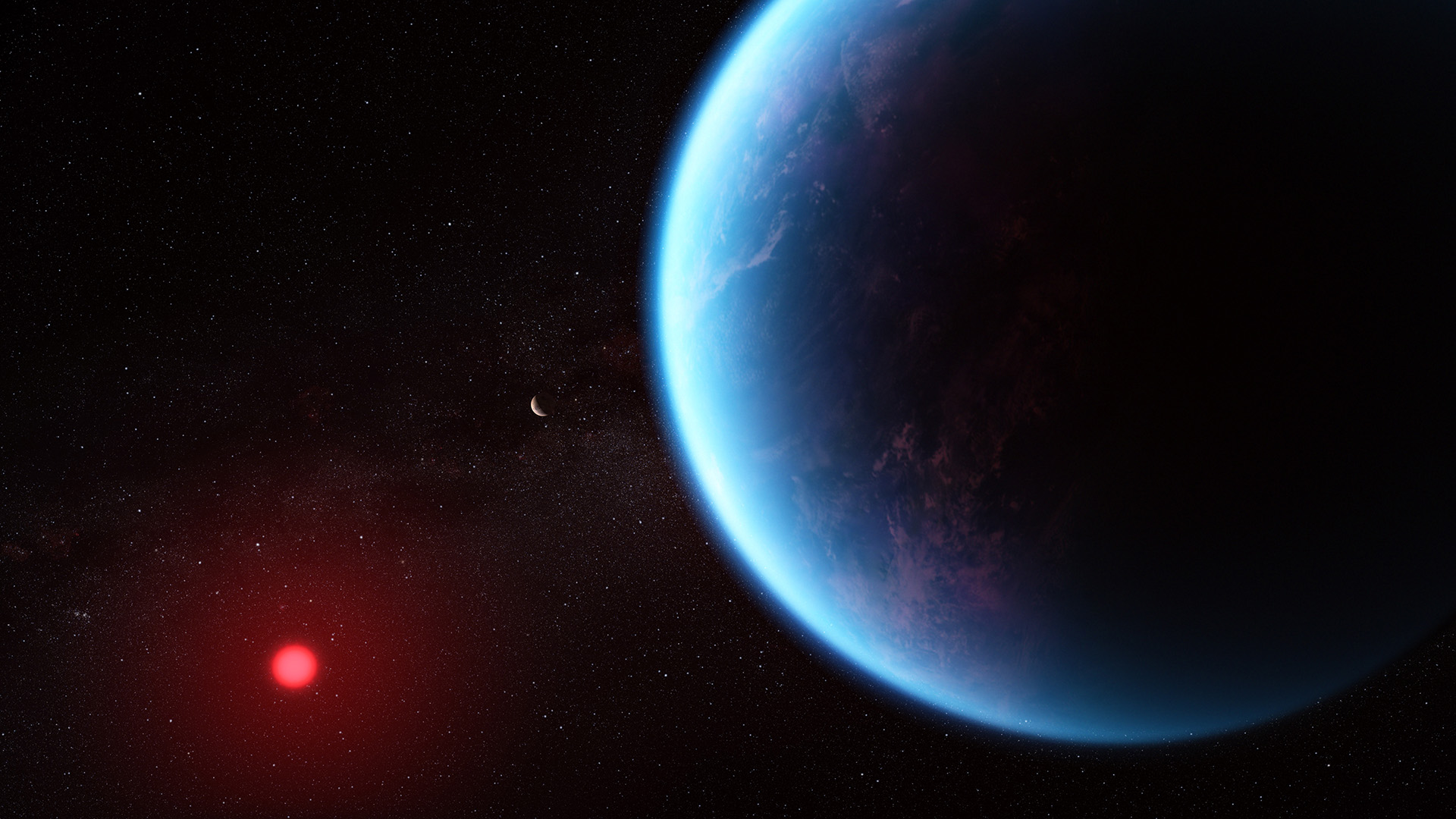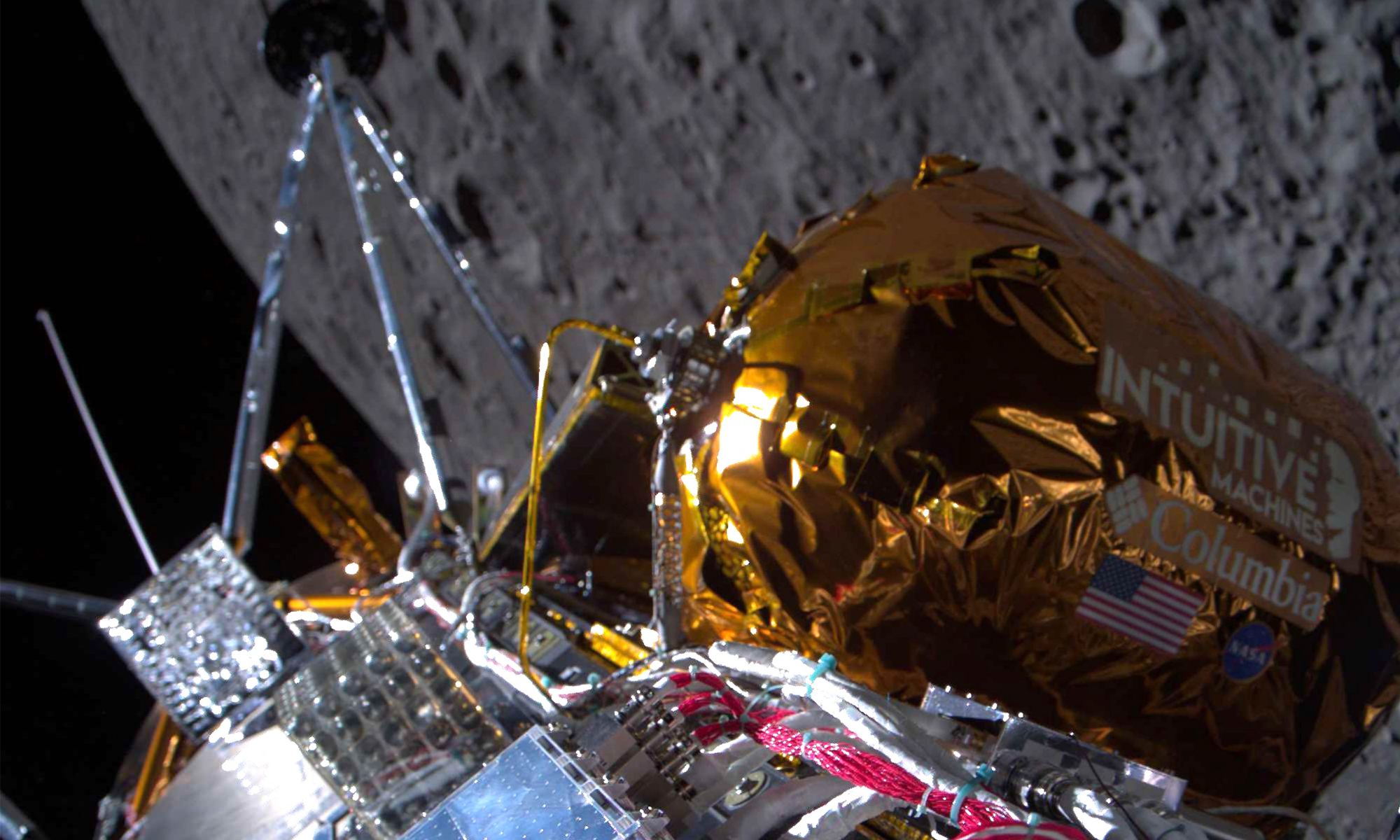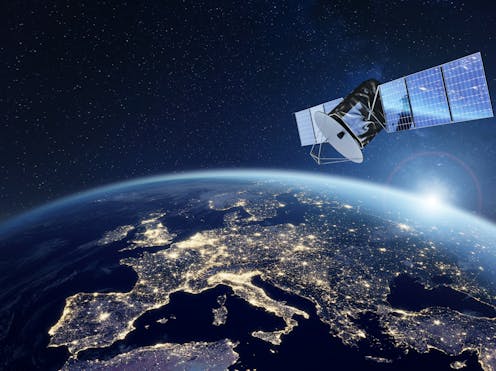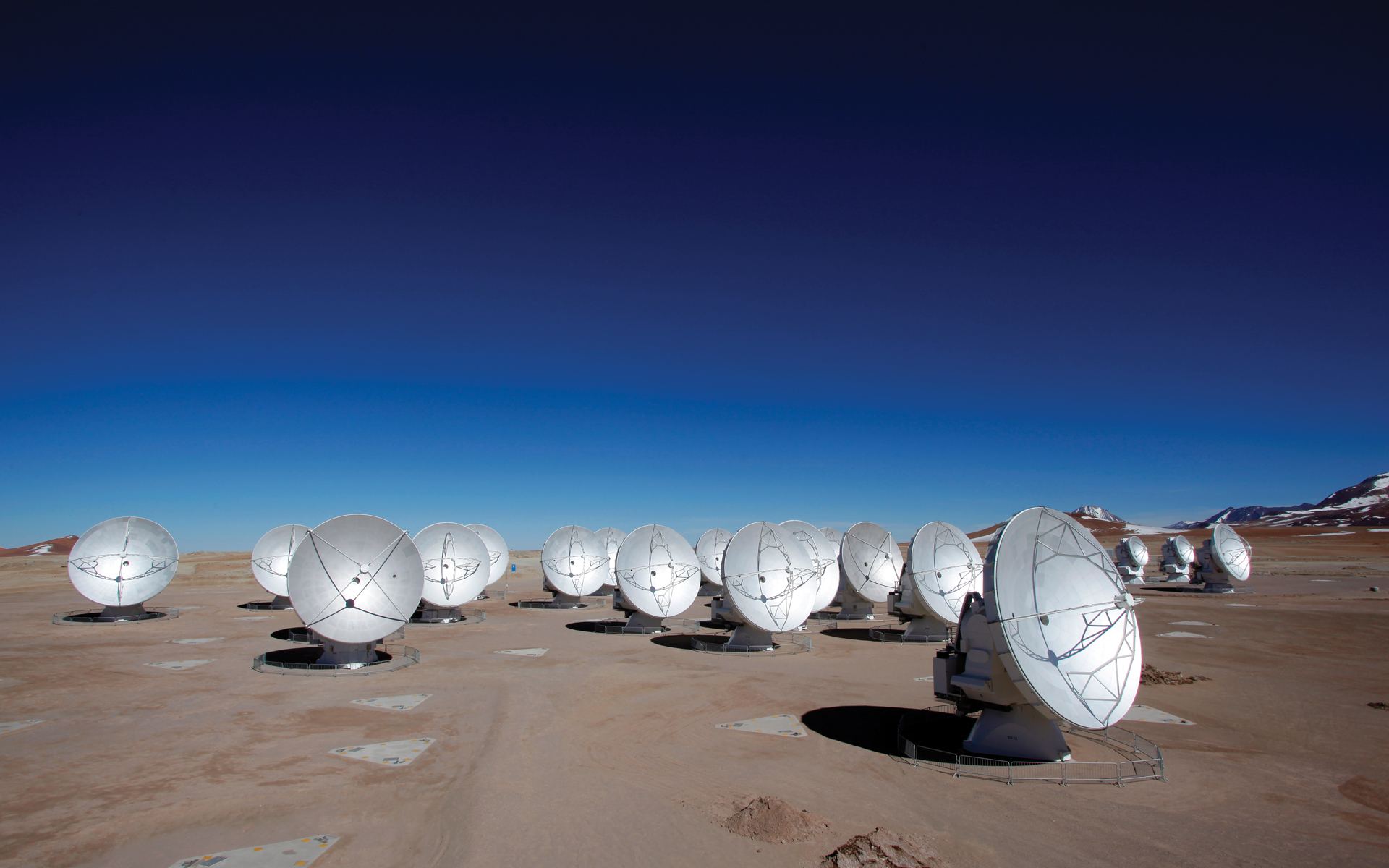As stars in the Milky Way move through space, some of them have an unexpected effect on the Solar System. Over time, one comes closer to the Sun during its orbit in the galaxy. Some of them actually get within a light-year of our star and pass through the Oort Cloud. Such close flybys can affect the orbits of the outer planets and send cometary nuclei on a long inward rush to the Sun.
Continue reading “A Star Passed Through the Oort Cloud Less Than 500,000 Years Ago. It Wasn’t the Only One.”A Star Passed Through the Oort Cloud Less Than 500,000 Years Ago. It Wasn’t the Only One.
